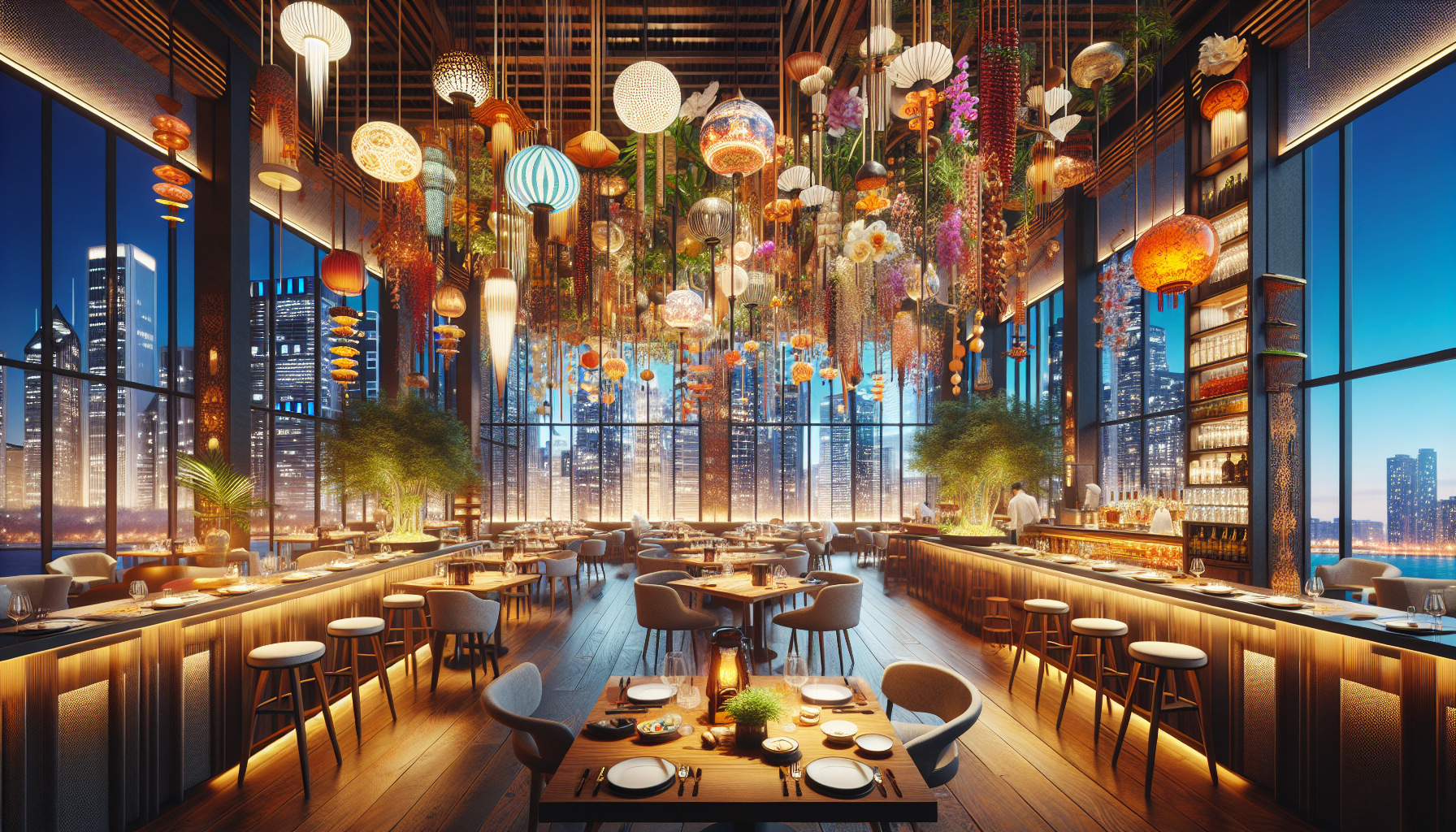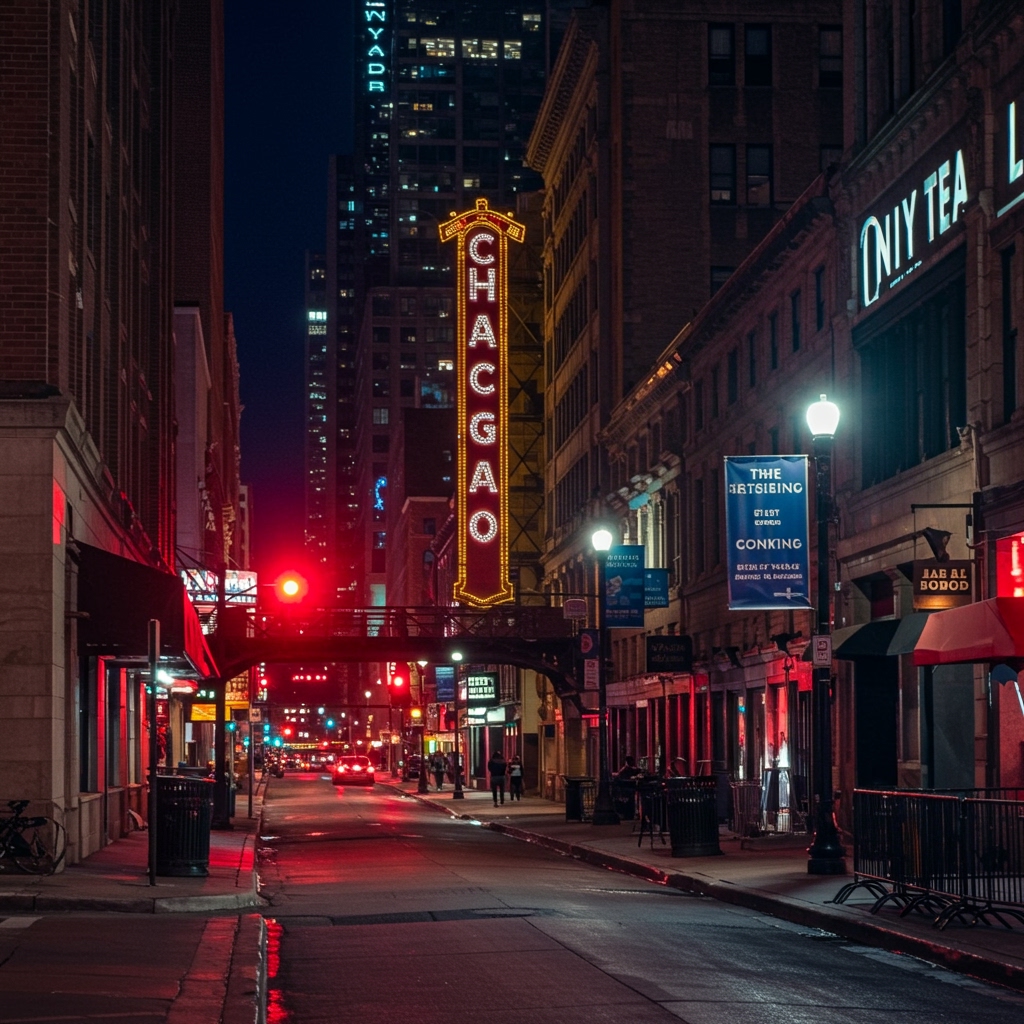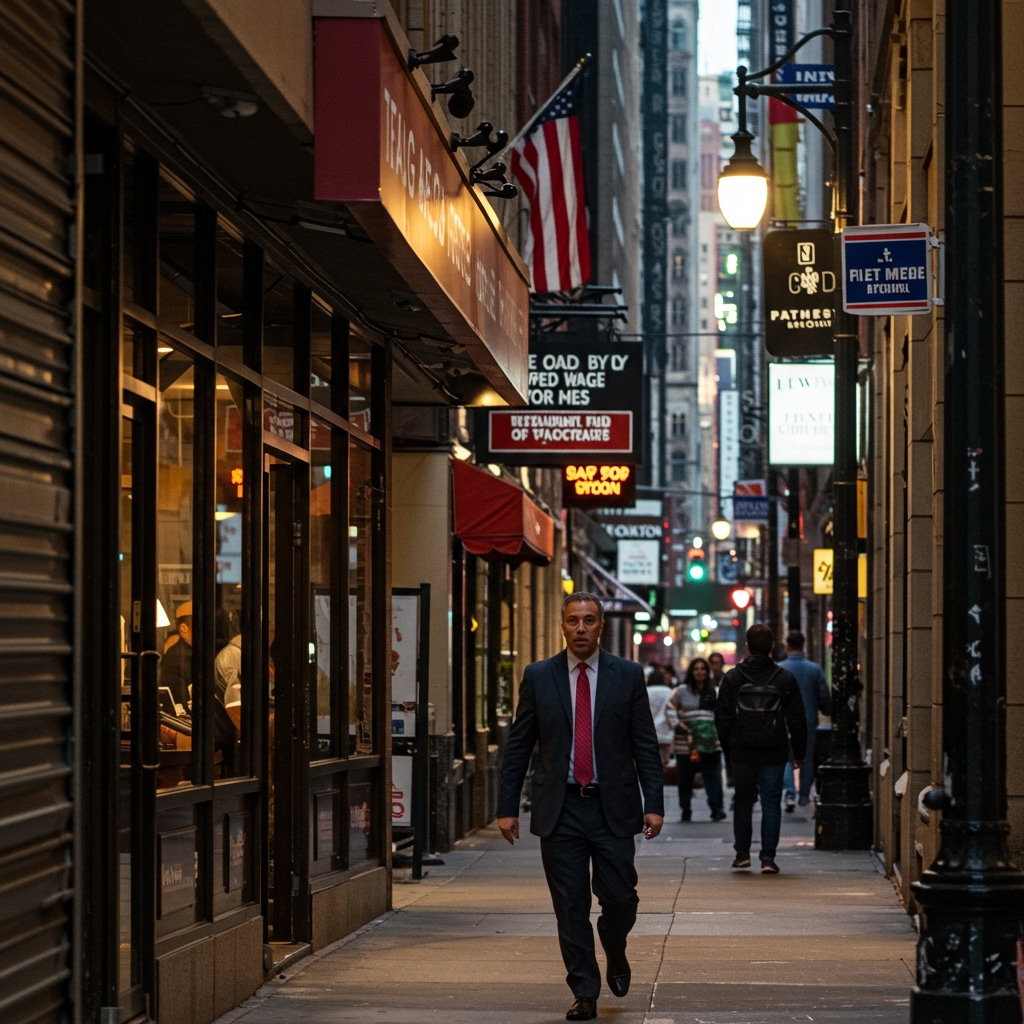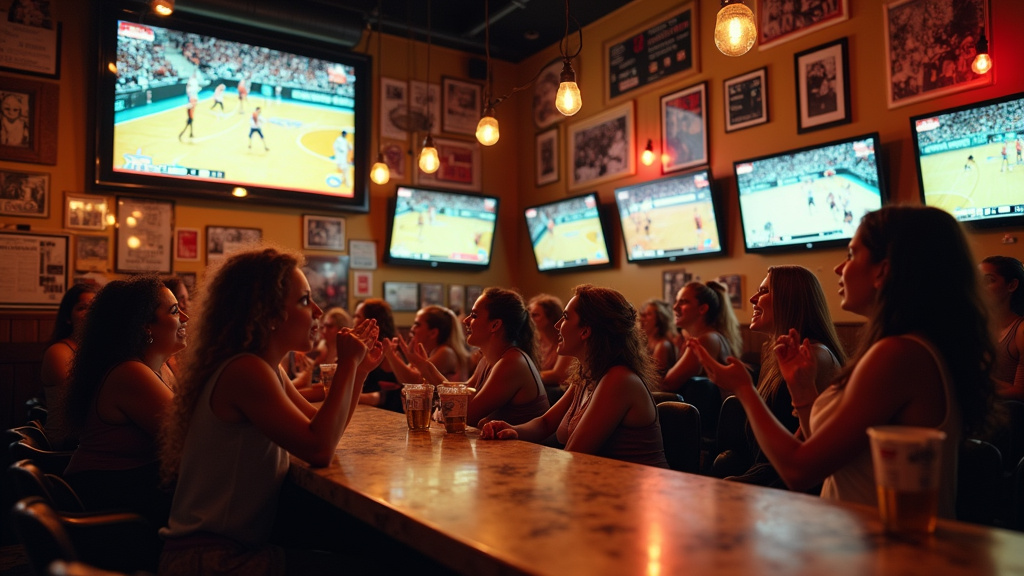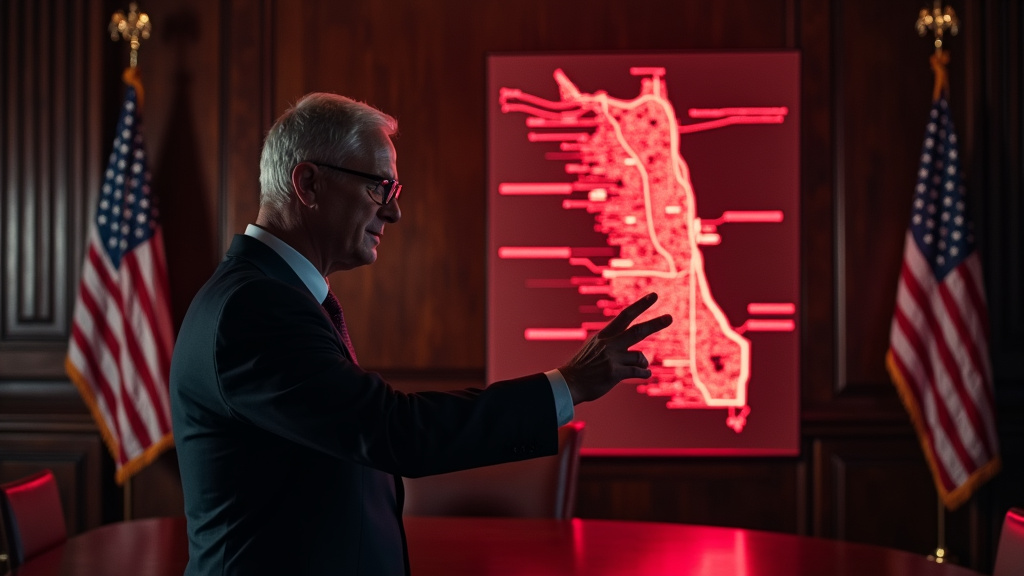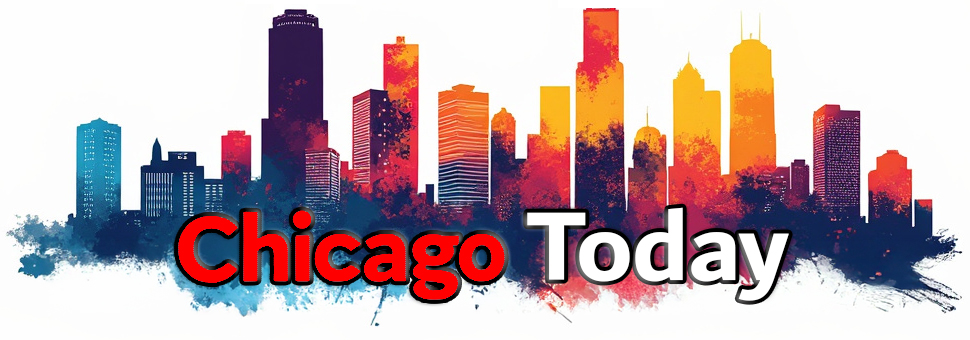Chicago, IL – A significant measure poised to reshape the operational landscape for late-night establishments in some of Chicago’s most vibrant entertainment districts cleared a key hurdle today. The Chicago City Council’s Committee on License and Consumer Protection advanced a proposed ordinance aimed at tightening regulations for businesses holding late-night permits, particularly those located in high-activity areas like River North and the West Loop. The vote, which saw the proposal pass the committee by a margin of 12-5, signals potential changes for bars operating past the standard 2 AM closing time.
Sponsored by Alderman Sophia Rodriguez, who represents the 42nd Ward – an area encompassing parts of both River North and the West Loop – the ordinance seeks to address growing concerns related to public safety and quality of life in these dense urban neighborhoods. Proponents argue that the expansion of late-night activity, while contributing to the city’s economy and nightlife culture, has also led to an uptick in incidents requiring police intervention and a rise in disruptive noise complaints from residents.
Key Provisions of the Proposed Ordinance
The core of the proposed ordinance centers on two main requirements for establishments holding a late-night permit, allowing them to serve alcohol until 4 AM on weekdays and 5 AM on Saturdays:
First, the measure mandates an increase in security personnel for bars operating past 2 AM. Specifically, the ordinance requires these venues to boost their security staffing levels by a minimum of 15% during their late-night operating hours. This provision is intended to enhance crowd management, mitigate potential disturbances, and ensure a safer environment both inside the establishments and in the immediate vicinity as patrons disperse.
Second, the proposal calls for the implementation of stricter noise abatement measures. While existing regulations address noise, this ordinance aims to impose more stringent requirements on late-night permit holders. Details regarding the specific nature of these measures are expected to be further defined, but the general intent is to significantly reduce the impact of noise emanating from these venues, including music, patron activity, and departing crowds, thereby addressing a persistent source of community complaints.
Alderman Rodriguez emphasized that the ordinance is a targeted response to specific issues observed in high-density entertainment areas. She stated that the goal is not to stifle Chicago’s late-night scene but to ensure it operates responsibly and harmoniously with the residential communities that coexist within these districts. The increase in public safety incidents and the persistent volume of noise complaints were cited as the primary drivers necessitating this legislative action.
Committee Debate and Vote Outcome
The Committee on License and Consumer Protection convened today to hear testimony and deliberate on the proposed regulations. The discussion highlighted the tension between fostering a vibrant nightlife economy and addressing the impacts on residents’ quality of life. Alderman Rodriguez presented the ordinance as a necessary step to balance these competing interests.
Following robust debate, which included input from various stakeholders, the committee members cast their votes. The proposal ultimately garnered sufficient support to pass, with a final vote tally of 12-5 in favor of advancing the ordinance to the full City Council for consideration. The committee’s approval indicates a recognition among a majority of its members that current regulations may be insufficient to manage the challenges associated with late-night operations in the city’s most popular entertainment hubs.
Opposition from the Hospitality Industry
The proposed ordinance has not been met without significant opposition, particularly from representatives of the hospitality industry. Groups such as the Illinois Restaurant Association (IRA) have been vocal critics, expressing strong concerns about the potential ramifications for their member businesses.
Industry representatives argue that the proposed regulations, particularly the mandated 15% increase in security personnel and the costs associated with stricter noise abatement measures, would impose significant new financial burdens on late-night establishments. They contend that these increased operational costs could be prohibitive, especially for smaller venues that operate on tighter margins.
During the committee hearing and in public statements, the Illinois Restaurant Association argued that these rising costs could unfortunately force smaller venues to close their doors, potentially diminishing the diversity and character of Chicago’s nightlife and leading to job losses. They suggested that alternative solutions, such as enhanced enforcement of existing rules or collaborative neighborhood-specific approaches, might be more effective and less damaging to the business community.
The hospitality sector maintains that they are willing to work with the city to address concerns but believe the current proposal is overly broad and punitive, failing to account for the varying operational profiles and capacities of late-night businesses.
Path Forward
With the approval from the Committee on License and Consumer Protection, the proposed ordinance will now move to the full Chicago City Council for a final vote. The council as a whole will have the opportunity to further debate the merits and potential impacts of the measure before casting their decisive votes. The outcome of the full council vote will determine whether these stricter regulations for late-night permits in areas like River North and the West Loop become law.
The passage through committee, albeit with notable opposition, suggests that there is momentum behind the effort to implement these changes. However, the concerns raised by the hospitality industry are likely to be central to the debate before the full council, highlighting the complex balance the city must strike between fostering a thriving entertainment economy and ensuring public safety and residential quality of life.


